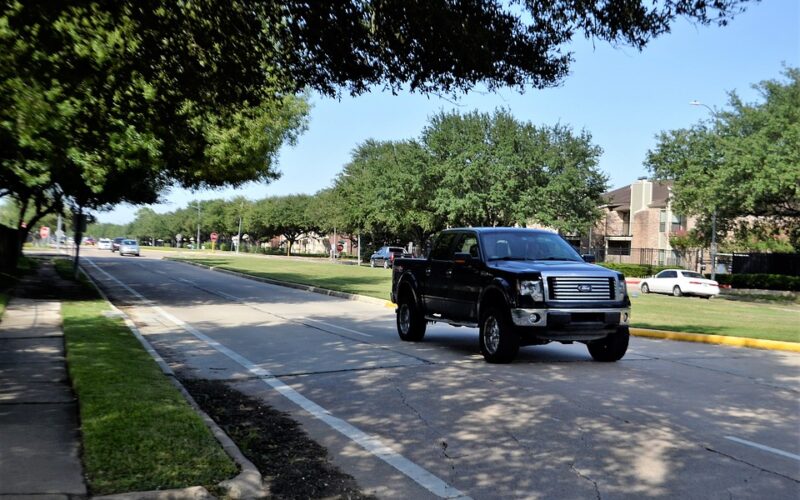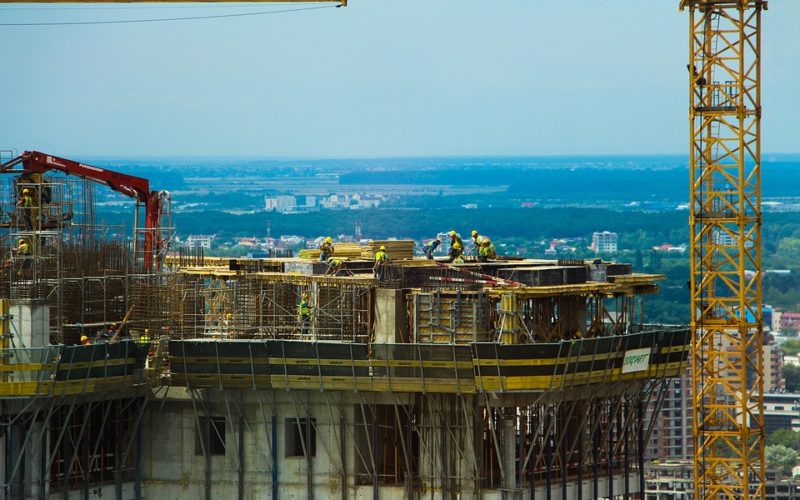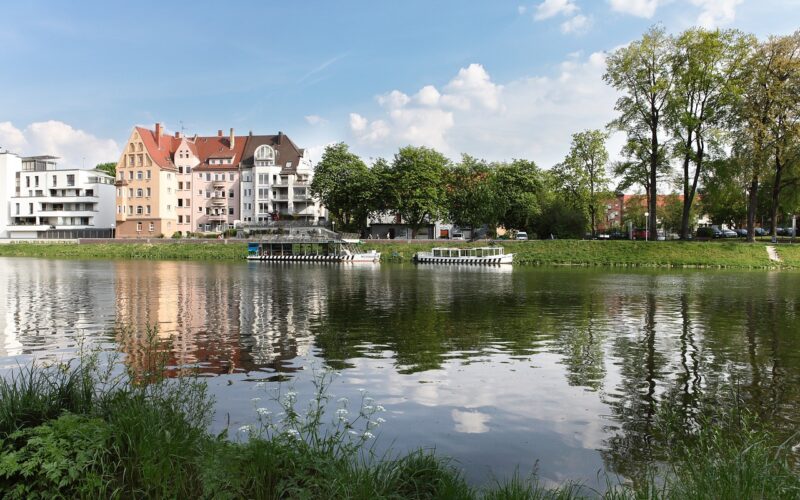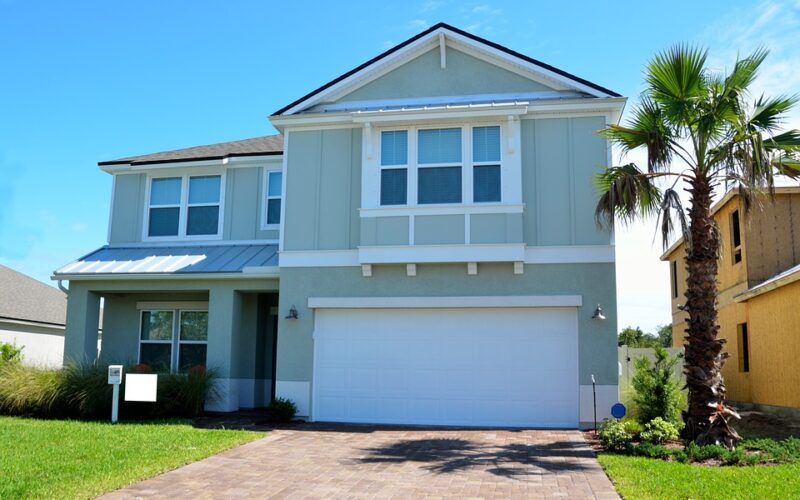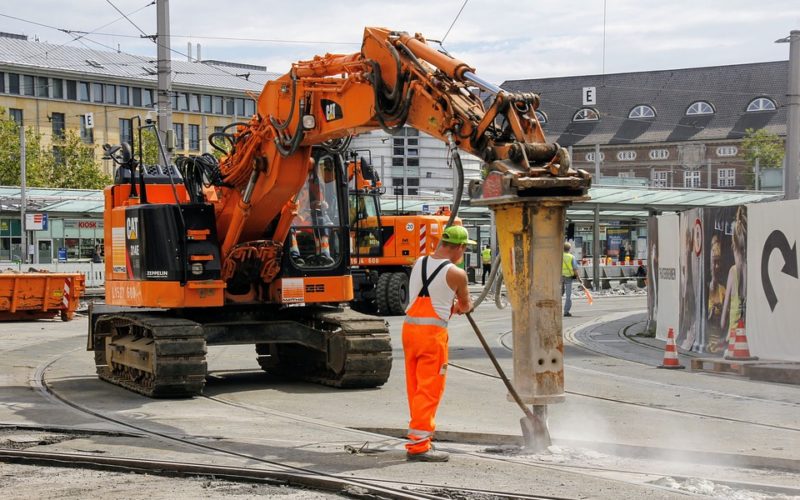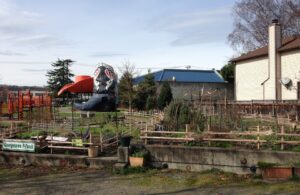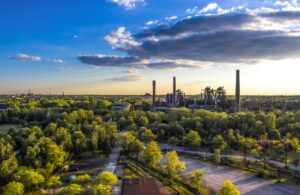Housing communities built over the last few decades have often been just a beginning phase of a larger subdivision. Developers have found that building over time creates more interest, and they may need to schedule in residents to help a community adjust. The scheduled plan may take place over decades, and that can cause issues to arise with local residents. They may be unaware of the plan, or they might have forgotten about new residential areas to be added. If they live on one of the roads where more traffic will be evident, they may even be appalled to discover their road will be affected. Widening neighbourhood roads is often part of multi-decade planning.
A notification that they are about to lose part of their front yard may seem to the residents to be a good reason to complain, so they might consider fighting city hall. The development company is aware this will occur. It is one reason why they do their best to ensure buyers know they will not keep their entire front lawn forever. A town meeting can be scheduled, but it is most likely to be held with the idea of explaining the changes rather than soothing homeowners.
When a residence is purchased, many people want a quiet neighbourhood. They could have seen their larger lawn and smaller street as a place where their children could safely play. Widening the road will mean more traffic. This might make people ready to argue against it, but they often have no legal recourse. It can be frustrating for all parties involved as the new phase of the project moves forward. Even assurances of safety and awareness from authorities and developers often do not quell the angst of residents.
Many developments of this nature have become successful. Some residents may sell their homes and move elsewhere, but many of them settle down once the work is done. They may find the constant traffic and ugly larger streets they envisioned never appeared.
